I like to walk. It’s my way of getting away from it all. All my emails, messages, texts, and phone calls are put on hold. I leave the computer in charge of handling all that stuff while I’m away from the office. Even my dog sleeps the whole time I’m gone.
As I’ve mentioned numerous times, I miss my old stomping grounds. Each morning, I had a choice of direction, the distance to cover, and what to photograph. Now, it’s the same ole path, but I do have a choice of going left or right as I circle around the meadow. And believe it or not, that does make a difference.
Last week, after several days of going right, I changed it up. It was amazing! The foliage looked totally different, and I saw plants I had never noticed.
One of my discoveries was an all-time favorite native shrub I’ve been looking for – the sweet pepperbush (Clethra alnifolia). I have no idea how I missed them. I love the delicate white blossoms that attract native bees and other insects. You may think it’s weird, but I find watching the bees, wasps, and butterflies flitting around very rewarding. They’re not only beautiful, but these winged wonders are also vital for maintaining nature’s balance. Unfortunately, their populations are dwindling.
Decline of Pollinators
According to the Xerces Society, pollinators are necessary for the reproduction of over 85% of the world’s flowering plants, including more than two-thirds of the world’s crop species. The economic value of native pollinators in the U.S. alone is estimated at $3 billion per year.
Beyond agriculture, pollinators are keystone species in most terrestrial ecosystems. Fruits and seeds derived from insect pollination are a major part of the diet of approximately 25% of all birds, as well as mammals ranging from red-backed voles to grizzly bears.
One of the reasons the native bees, wasps, butterflies, moths, beetles, hummingbirds, bats, and many other beneficial creatures are disappearing is the lack of native plants these beauties need to survive and thrive.
Over the millennia, flora and fauna grew to depend on each other. Ecosystems formed where they developed a symbiotic relationship guaranteeing their mutual survival. Of course, the types of plants and critters varied from region to region, but the concept remained the same. The diverse vegetation provided food and shelter for its inhabitants while the grateful creatures spread the seeds and pollen that promoted new growth.
Due to human population growth, overuse of pesticides, pollution, global warming, and other factors, habitats have been fractured or totally destroyed, disrupting the balance that nature created.
That’s why I beg all of you to Get Your Hands Dirty and plant native flowers, trees, and shrubs to help restore your local habitat so the pollinators can rebuild their populations.
Plant It, and They Will Come
I don’t expect you to rip out your entire yard and replace the grass with a chaotic jumble of plants. Instead, it’s much simpler. All it takes is adding a diverse selection of indigenous greenery to your existing landscape. The bugs will find it and take advantage of your kindness.
For the past several months, I’ve been supplementing my garden with plants I’ve found growing wild. Some worked, some didn’t.
I’m proud of my American Beautyberries (Callicarpa americana) and my Maypops or Passion flowers (Passiflora incarnata). I was flabbergasted when they went from shriveled, dead-looking seedlings to healthy, thriving plants.
Another success story was my Bitter sneezeweeds (Helenium amarum) and fleabanes (Erigeron spp). That made me feel good.
Unfortunately, there were some failures, too, such as Butterfly Pea (Clitoria mariana) and Meadow Beauty (Rhexia mariana). However, I won’t give up.
Go ahead and give it a try: plant three spring, three summer, and three autumn plants. You can find native plant lists from Xerces, your state’s Native Plant Society, local colleges with horticultural programs, and other conservation organizations.
Some other sources are:
https://www.nwf.org/nativeplantfinder/plants
https://www.nwf.org/Garden-for-Wildlife/About/Native-Plants/keystone-plants-by-ecoregion
While you’re shopping, don’t forget the trees. They create meadows in the sky.
~~~~~~~~~~~~~~~~~~~~~
Dear Reader,
I’d be ever so grateful if you would take a few minutes to recommend Let’s Get Our Hands Dirty to your followers on Substack and other social media platforms.
Thank you!
Greta
---------------------------
Let’s Get Our Hands Dirty is a reader-supported publication. This post is free as are all my posts. Please subscribe so you can receive notification when new articles are published. I’d love for you to become a part of our nature-loving family. Basic subscriptions are free, but if you sign up for a paid subscription as a love offering, that would be wonderful and greatly appreciated!
Have a fabulous day,
Greta
~~~~~~~~~~~~~~~~~~~
Please use the buttons below to Like, Comment, Restack, and Share my post on Substack and other social media platforms.
THANK YOU SO MUCH!


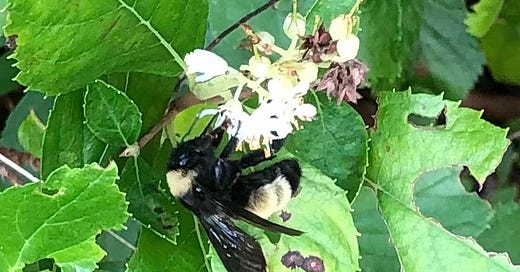



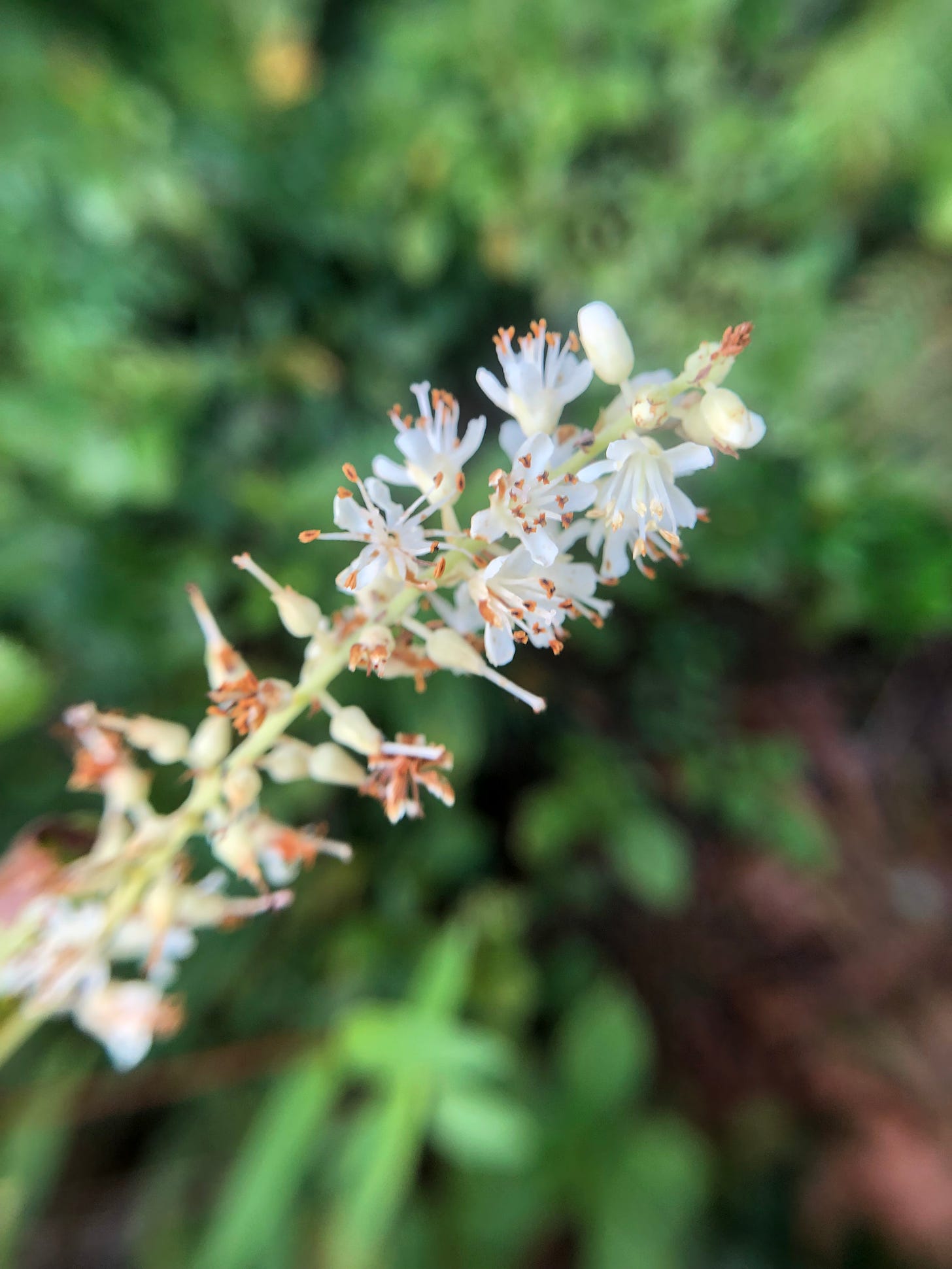
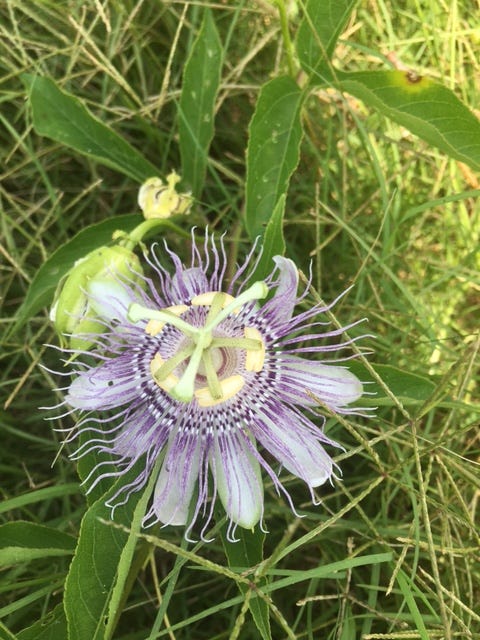
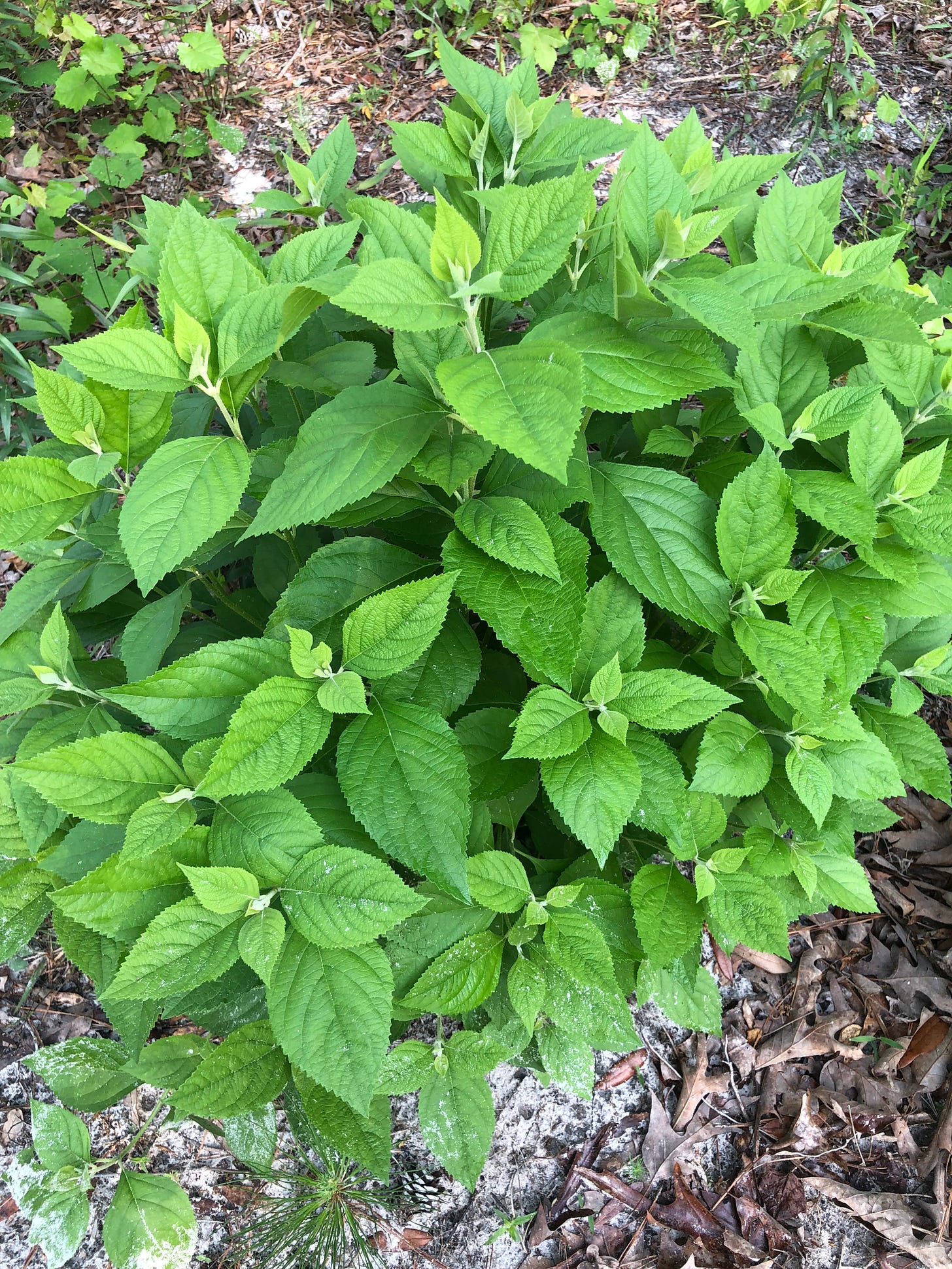
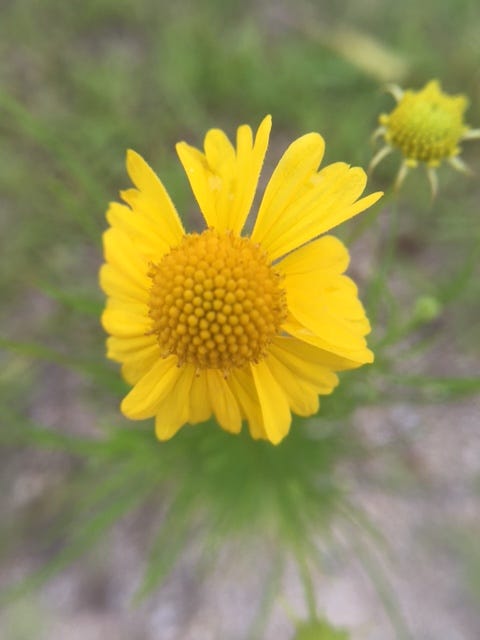
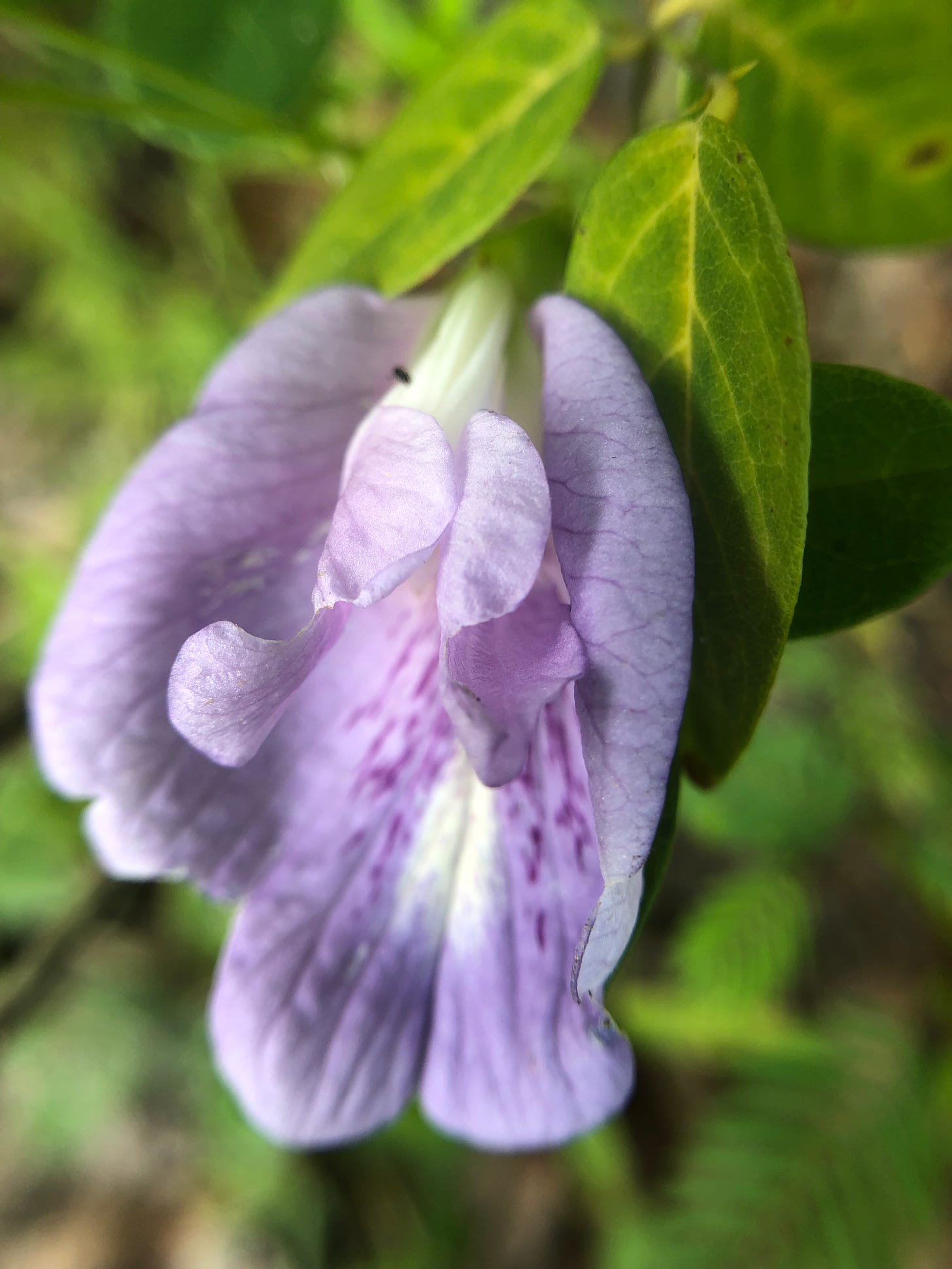
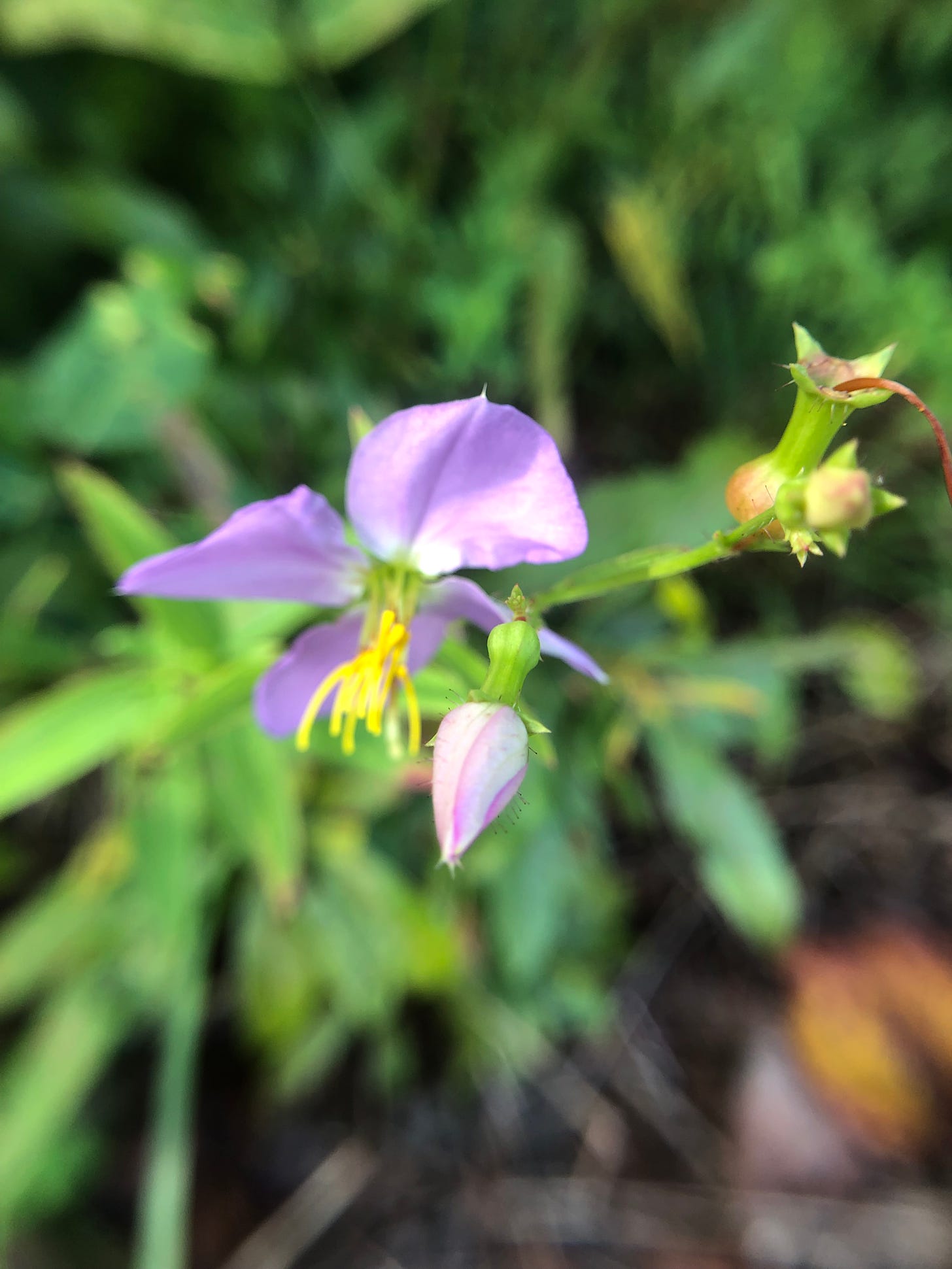
Great article, very informative!